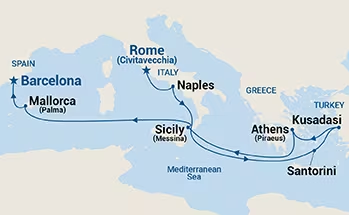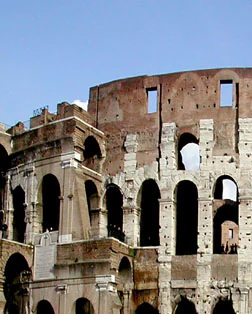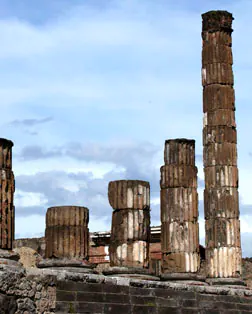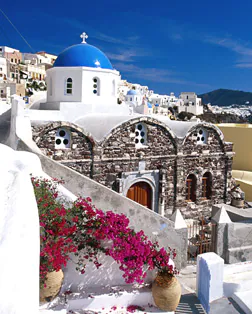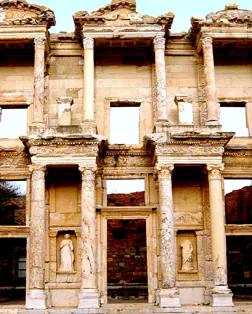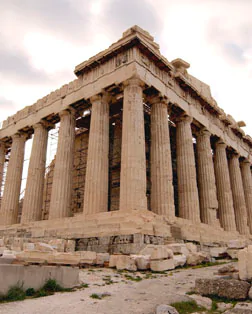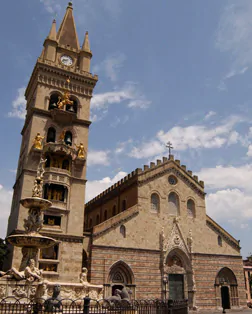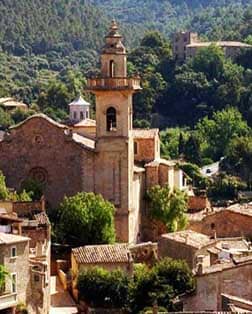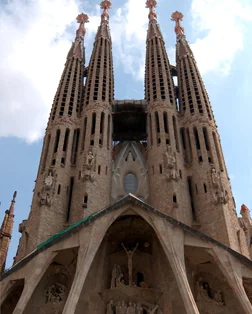Palma is the capital city of the island of Mallorca, which is one of Spain’s Balearic Islands. The city is tucked into the protected Bay of Palma, creating an impressive view from the Mediterranean Sea with its imposing Gothic Cathedral towering above the old town and remnants of medieval walls that testify to its ancient history. Mallorca has a varied history, from the Roman occupation in the 2nd century to Moorish control from the 9th to the 13th century. Later reconquered by the Spanish kings, it rose to wealth and power due to its strategic position along the seagoing trade routes between Africa and Europe.
Today, Palma is the largest city, and also the main tourist area, with beaches on either side of the city that overflow with resort hotels. If you venture beyond these environs, the island’s natural beauty abounds, and life continues in a predictably underdeveloped atmosphere of simplicity. This aspect has long been an attraction for writers, painters and musicians that find inspiration here.
Two main languages are spoken on Mallorca – Castilian Spanish and the Balearic dialects of Catalan – hence the different versions of names and spellings throughout the Balearic Islands.


